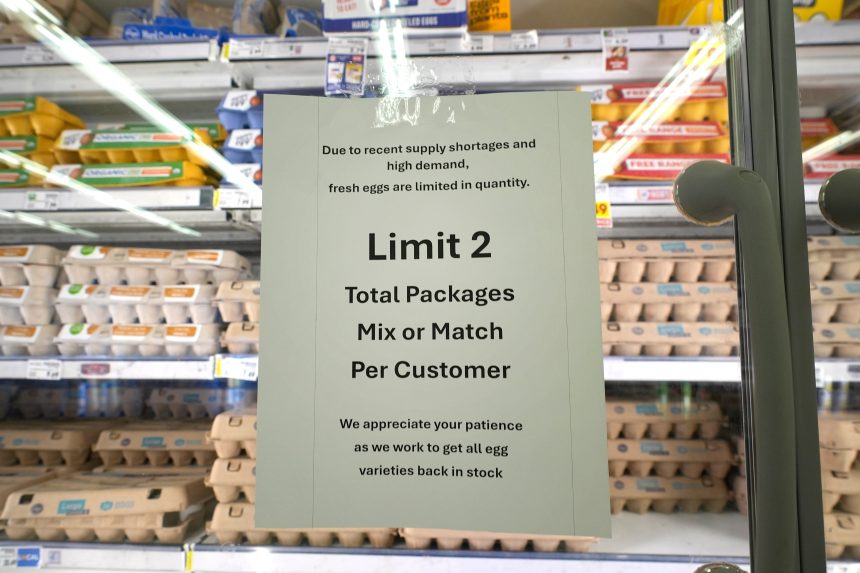Your support helps us to tell the story
From reproductive rights to climate change to Big Tech, The Independent is on the ground when the story is developing. Whether it’s investigating the financials of Elon Musk’s pro-Trump PAC or producing our latest documentary, ‘The A Word’, which shines a light on the American women fighting for reproductive rights, we know how important it is to parse out the facts from the messaging.
At such a critical moment in US history, we need reporters on the ground. Your donation allows us to keep sending journalists to speak to both sides of the story.
The Independent is trusted by Americans across the entire political spectrum. And unlike many other quality news outlets, we choose not to lock Americans out of our reporting and analysis with paywalls. We believe quality journalism should be available to everyone, paid for by those who can afford it.
Your support makes all the difference.
Egg prices hit a record high in the US in January as the bird flu outbreak, which began in 2022, pushed costs ever higher.
The average price of a dozen Grade A eggs in US cities reached $4.95, surpassing the previous record of $4.82 set two years earlier and more than double the recent low of $2.04, recorded in August 2023.
This nationwide average masks even higher prices in some areas, where a carton can cost $10 or more.
Specialty eggs, such as organic and cage-free, command even higher prices.
The situation is expected to worsen. Egg prices typically rise around Easter due to increased demand, and the US Department of Agriculture in January predicted a 20 per cent price hike this year.
Egg availability is also a concern, with some stores struggling to maintain stock and implementing purchase limits.
The main reason that eggs are more expensive is the bird flu outbreak. When the virus is found on a farm, the entire flock is killed to limit the spread of disease. Because massive egg farms may have millions of birds, just one outbreak may put a dent in the egg supply.
The Agriculture Department says more than 23 million birds were slaughtered in January and more than 18 million were killed in December to limit the spread of the bird flu virus. Those numbers include turkeys and chickens raised for meat, but the vast majority of them were egg-laying chickens.
Egg farmers also face higher feed, fuel and labor costs these days because of inflation. Plus, farmers are investing more in biosecurity measures to try to protect their birds.
Ten states have passed laws allowing the sale of eggs only from cage-free environments. The supply of those eggs is tighter and focused in certain regions, so the effect on prices can be magnified when outbreaks hit cage-free egg farms.
Many of the egg farms with outbreaks were cage-free farms in California. Cage-free egg laws have already gone into effect in California, Massachusetts, Nevada, Washington, Oregon, Colorado and Michigan.







